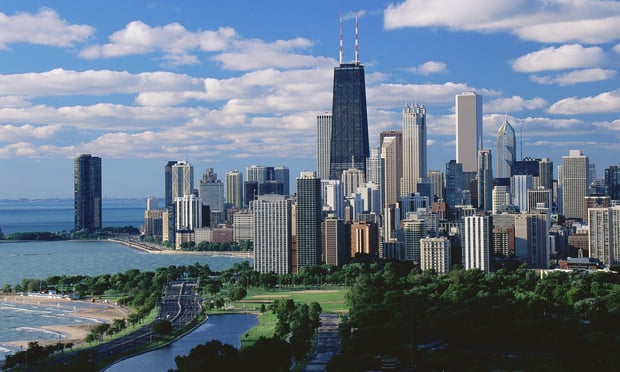CHICAGO—The rise of e-commerce has made industrial property in the US one of the favorites among investors. And buildings in the Midwest, from which national distributors can reach much of the country, are especially desirable.
As a result, by the midpoint of 2018, a series of mega-deals pushed industrial investment in the US up to $23.6 billion, a 19% year-over-year increase, according to a new Avison Young report. And Midwest cities contributed significantly to the activity, with a 103% increase in Columbus, to $648 million; a 41% increase in Chicago, to nearly $2 billion; and a 29% increase in Indianapolis, to $72.8 million.
Recommended For You
Want to continue reading?
Become a Free ALM Digital Reader.
Once you are an ALM Digital Member, you’ll receive:
- Breaking commercial real estate news and analysis, on-site and via our newsletters and custom alerts
- Educational webcasts, white papers, and ebooks from industry thought leaders
- Critical coverage of the property casualty insurance and financial advisory markets on our other ALM sites, PropertyCasualty360 and ThinkAdvisor
Already have an account? Sign In Now
*May exclude premium content© 2025 ALM Global, LLC, All Rights Reserved. Request academic re-use from www.copyright.com. All other uses, submit a request to [email protected]. For more information visit Asset & Logo Licensing.









